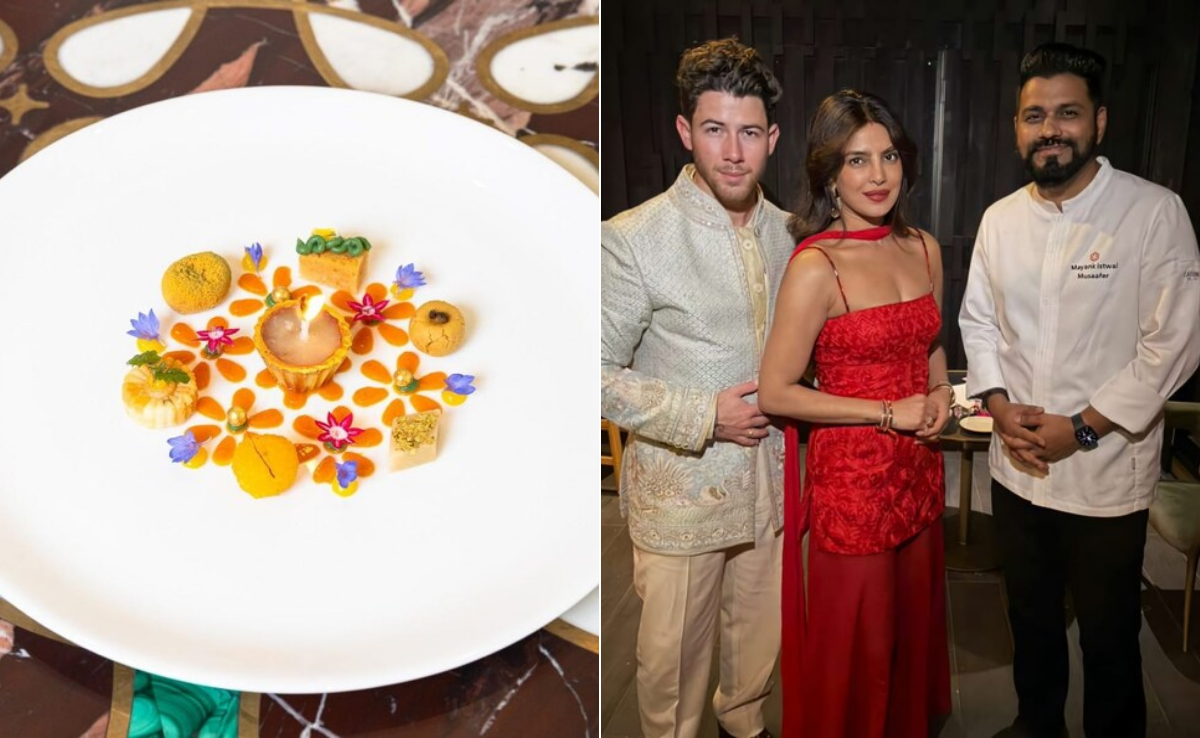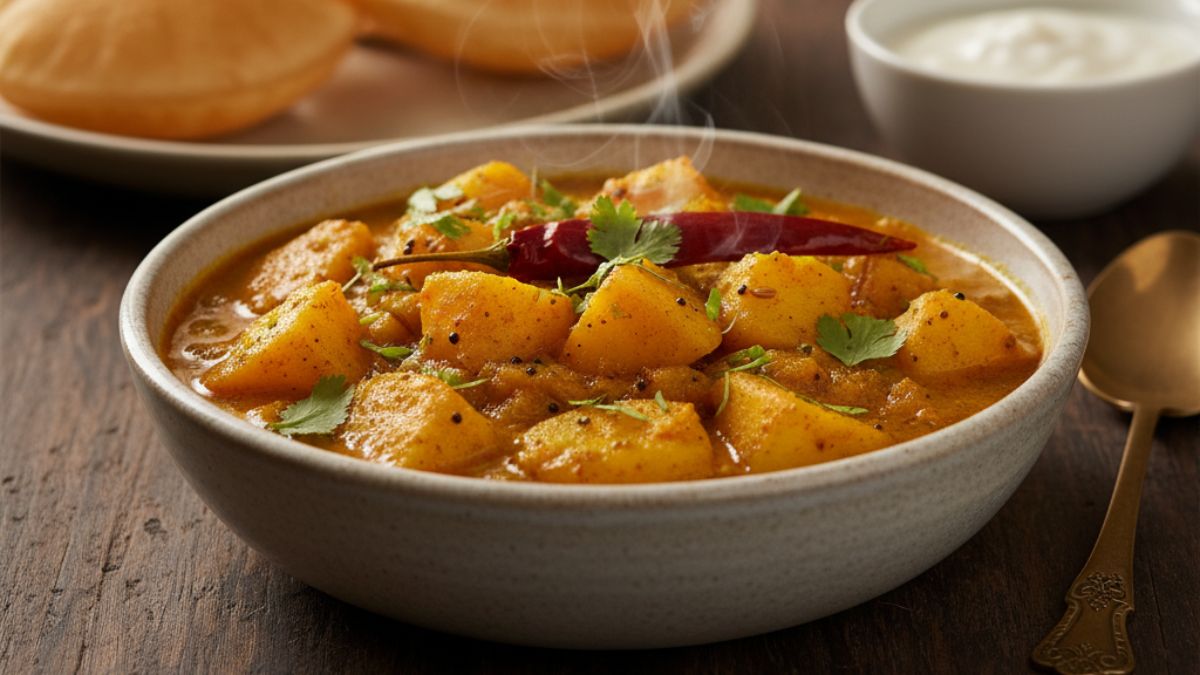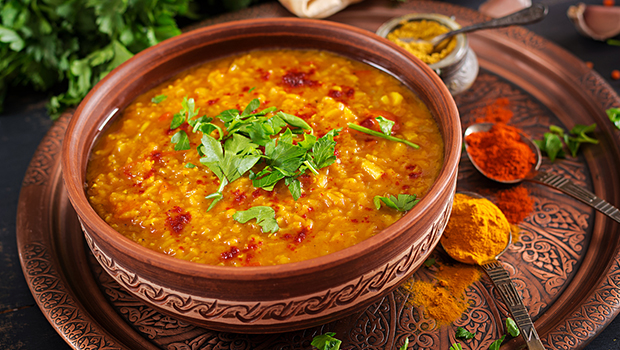Curries have come to represent Indian cuisine on the global culinary stage. The 'soupiness' of our vegetarian and non-vegetarian dishes is one thing that may set us apart from the rest of the cuisines of the world. There is a common belief among amateur cooks that if you learn how to cook curries to perfection, then you might have mastered half the dishes in the Indian cuisine. While some expert chefs may contest this belief (Indian food is much more than just curries!), it might be true to some extent. Curries form the backbone of the Indian food that we cook in our homes on a daily basis. From the humble potato curry to the festive butter chicken curry, the trick to creating a good majority of our dishes to perfection is to get the taste and the flavour of the curry right.
Our mothers might have learnt the art of cooking curries through practice, we might not have the kind of expertise that they possess. Only expert cooks may be able to add salt, sugar, garam masala, chilli powder etc. in just the right amount without having to measure them out. But for the rest of us novices do have to face the accidental curry mishap, where we may end up putting too much of these masalas or salt in it. Thankfully, there is an easy fix to excess salt in curries, which has also been used by our mothers and grandmothers (yes, they too are prone to such errors!) to adjust the taste of the broth.
Also Read: Watch: Simple Tips For Preventing Bananas From Spoiling
YouTube chef Ananya Banerjee shows us two easy tricks involving simple kitchen ingredients- wheat flour dough and potato mash- to adjust the level of saltiness in your curries and correct its taste. Instead of potatoes, you may use fresh cream or malai as well, to fix excessive salt in your curries.
Also Read: Burnt Rice? Watch This Video To Know How To Salvage It With A Super Easy Trick









